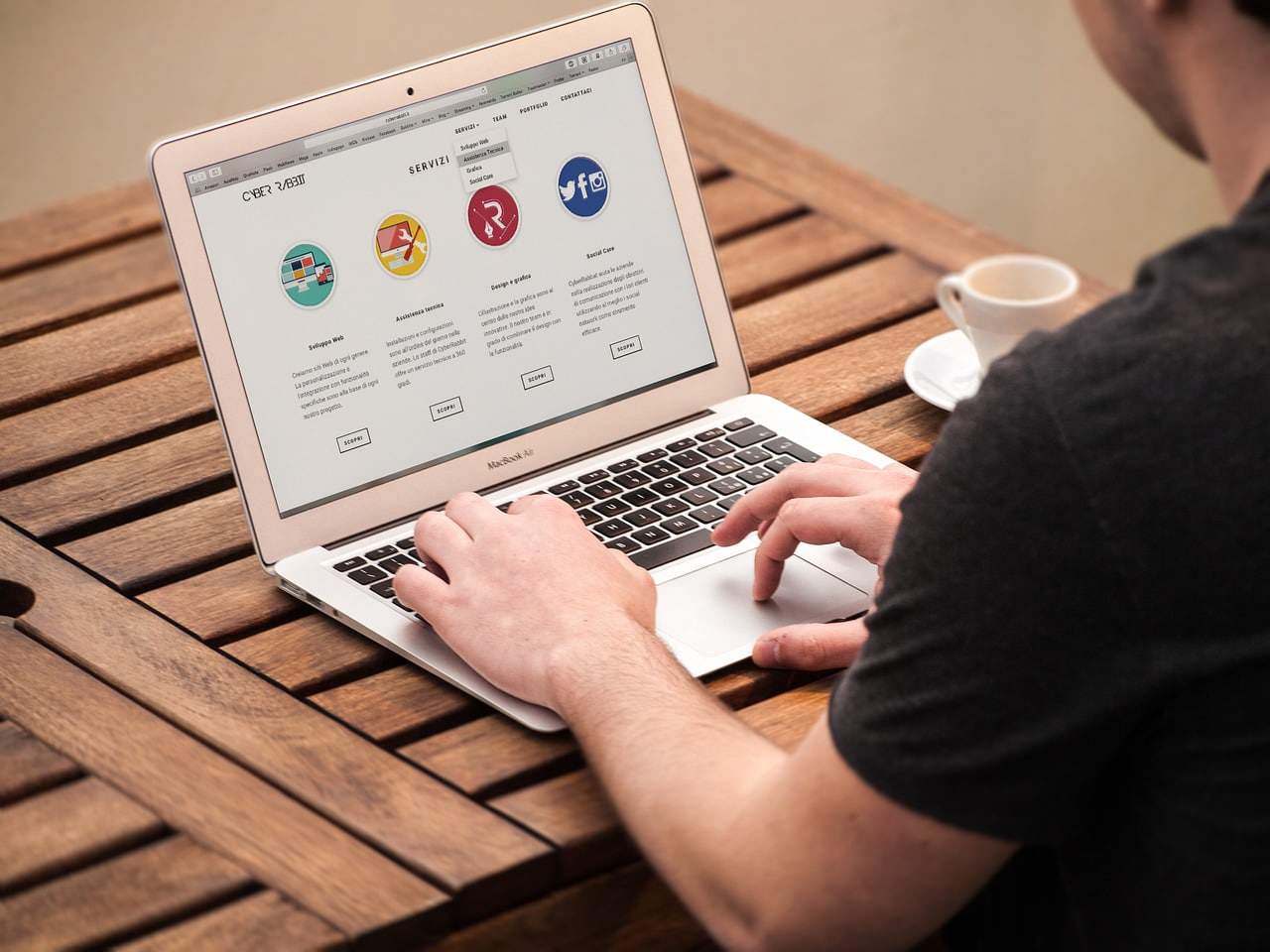Would you like to become more visible online to boost sales of your services and products? A perfect landing page will help you do this! But what makes a good landing page?
With the following tips from the website gardeners, every subpage of your homepage becomes an SEO-optimized landing page! This saves unnecessary effort and costs for an external landing page. We explain the golden rules for success step by step. You can read a summary at the end of the article.
What is a landing page?
Basically, a "landing page" is a collective term for a page that readers "land" on first. In other words, it is the entry page that First contact between you and a new website visitor. On a perfect website, every single subpage fulfills this central function. What about your homepage? Does every page offer a perfect introduction for new readers?
This is important because, depending on what users enter in search engines, Google will automatically offer a matching subpage on your homepage. So a landing page doesn't mean that you have to create an extra SEO page for it, which is crammed full of keywords and in reality puts off every reader!
Instead, you should use each individual subpage on your online presence as a landing page for a specific topic and feed it with the specific keywords. The perfect landing page is therefore nothing more than a well-optimized subpage of your homepage.
Finding the right keywords for a good landing page
Each landing page should always have its own theme that is clearly recognizable at first glance. A good landing page reflects the main topic directly in the headline. Search engine users who enter certain keywords and are then directed to your subpage should immediately get the feeling: Aha, I've come to the right place! Good landing pages should always correspond 1:1 to the reader's click expectation. To achieve this, it is necessary to carry out keyword research first.
What exactly are my potential customers looking for? What terms do they enter into Google or Bing? You can get an overview of this with special SEO tools (Blog article keyword research). Define a main keyword for each subpage and place it strategically in headings, subheadings, the introduction and the beginning of sentences as well as in the metadata. In addition, use different synonyms in the body text so that you don't use the same word 100 times, as this puts readers off.
Building your perfect landing page
The structure results from the objective: you want to convince the reader that your service or product is exactly what they want! Your page should therefore provide the best arguments to positively influence the purchase decision.
The most important information should be at the top and the content should be more detailed towards the bottom. Mobile users in particular rarely scroll all the way to the bottom. So score points right at the top with a suitable customer approach! Why are you the experts? How does the website visitor benefit from your service or your online store with regard to the specific search query?
To create a perfect landing page, you should know your own role in relation to the customer: Are you solving an acute problem in a hurry? Or are you positioning yourself as a long-term partner for an important business decision? Choose the address of your landing page so that it is clear what you stand for and what you offer the reader.
Formulate a clear call to action at the end of the page. What exactly should the reader do? Call you? Order something? Or click on another subpage? Make it clear what the ideal click behavior of the website visitor should be - which page should be accessed next? Is there a smooth transition to the next landing page?
Powerful images and multimedia content
A perfect landing page needs a so-called "heroshot" as the central image. This is an image that shows exactly what the customer receives when they book a service or buy a product from you. Are they sitting at the table with you and discussing their business plans? Are they happy about a smooth online delivery and happily holding their desired product in their hands? Create visual incentives that give the reader the feeling: That's exactly what I want to experience!
Most website visitors skim the texts instead of reading everything word for word. Therefore, divide your content into visually appealing small bites made up of different elements - for example, use text-image elements, checklists or small videos.
Multimedia content makes your site more attractive to readers and gives you a great opportunity to present yourself and your products. Every page can be the first entry page. Therefore, always show your unique selling point directly and welcome every new visitor.
Summary:
- A good landing page is an SEO-optimized subpage of your homepage
- any page can serve as the first entry page, which is offered by search engines as a landing page
- Good landing pages should fulfill the click expectation 1:1
- Keyword research is the starting point and determines the content
- Images (e.g. Heroshot) and multimedia content ensure attractiveness and create incentives to buy
- the unique selling point of your products & services must be immediately clear
- a clear call-to-action prompts the reader to take action

